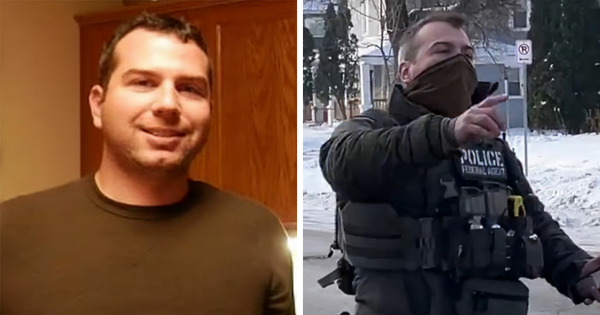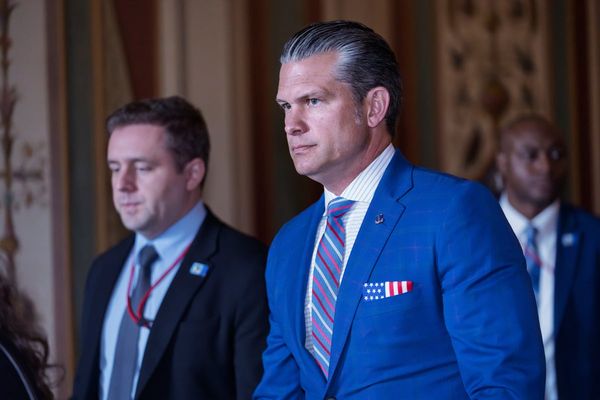
After much ado and a €1.4 billion cleanup, Paris is set to bring swimming back to the River Seine. Following the Olympics triumph, where athletes turned the river into a sporting arena, the city plans to open three central sites next year. This bold move will allow experienced swimmers to dive into a tradition that’s been off-limits for a century. RFI quizzed some punters on whether they’d be tempted to make a splash in Paris's historically polluted waterway.
In the 17th century, Parisians frequently swam in the Seine, often in the nude, until authorities banned the practice. By 1923, all urban swimming in the Seine was prohibited for health and safety reasons due to increased river traffic in Paris.
A century later, in the summer of 2025, three sites in the heart of Paris will open for free to experienced swimmers.
These locations will be at Bras Marie, between the Sully and Marie bridges near the Marais on the right bank; at Bras de Grenelle, near the Eiffel Tower on the left bank, between the Grenelle port and the Île aux Cygnes; and upstream at Bercy, around the Passerelle Simone de Beauvoir between the Tolbiac and Bercy bridges.

“I really like the idea of swimming in the Seine, having heard about the recent work to clean it,” said Henry Gibbs, a set designer from Bristol, in the UK, who moved to Paris six months ago.
“I’d love it if I was able to swim here,” added his friend James Griffiths, lounging on a deck chair at Bras Marie. in black boxer shorts and a book
Griffiths, a photographer from Bristol now settled in Paris, said: “The most annoying thing in summer is having to travel outside the city, down to the river at Fontainebleau, to go swimming.”
Paris Mayor Anne Hidalgo takes plunge in Seine, signalling river is ready for Olympic events
Olympic boost
The Paris Olympic Games accelerated the City Hall’s long-term project of making the Seine swimmable. A total of 110 triathletes and 55 marathon swimmers participated in five open-water events held in the river, despite training sessions being cancelled and the men’s triathlon postponed due to heavy rainfall degrading the water quality.
Paris Mayor Anne Hidalgo even dived into the Seine on 17 July to demonstrate that the water quality met Olympic standards.
The Olympics’ success strengthened the resolve of the state, the City of Paris, and others, to make swimming in the Seine a reality by July 2025 during the two-month Paris Plages summer events.
Paris Plages transforms the Seine’s banks and two canal locations into a summer oasis, offering various free activities, deck chairs, and parasols.
“I come to Paris Plages every summer,” said Eliza, an assistant lecturer in Paris. “At the moment, I don’t think I would dive in the Seine. I still feel it might be a little unclean.”
Efforts to improve water quality date back to the 1980s. Today, 34 species of fish thrive in the Seine, compared to only two 40 years ago.

Climate change
With increasing heatwaves, Paris’s initiative to open its waterways to swimming is a sustainable response to global warming and extreme heat.
The three future river swimming spots, along with the two existing sites on the canal, provide a much-needed respite, in summer, for a capital city with over two million residents.
“In other major cities in Europe, you can swim in the rivers. Paris is among the only ones I know where you can’t swim in the middle of the city,” Gibbs said.
“It would be really beneficial if you could do that here in Paris, at Paris Plages.”

Monitoring the river
Opening the Seine to swimmers during summer is a €10 million project subject to strict oversight by authorities before being deemed safe.
Antoine Guillou, Paris’s deputy mayor in charge of sanitation, told RFI ongoing discussions are taking place with the Regional Prefecture and the Regional Agency for Health.
Turning the tide: Olympic organisers hope to make murky Seine swimmable again
“The City of Paris will submit a dossier in the coming months to both institutions. The final word belongs to the Regional Prefecture. It’s the institution which will decide what the conditions will be in order to swim in the Seine in 2025.”
Once approved, Guillou said two types of tests would be regularly conducted.
The first is a laboratory test to assess E. coli and Enterococci bacteria levels - which indicate sewage or faecal pollution in the river - with results available within 24 hours. The second involves using the ColiMinder or Fluidion tool to monitor bacteria levels in the Seine, in real time.

Infrastructure
Swimming areas in the Seine will be different from the four existing pools in the canal, at Bassin de la Villette.
In the canal, water flows naturally into the pools through holes on the sides. The pools, of varying depths, are enclosed with flat floaters at the bottom.
In the Seine, there will be no enclosed pools; the swimming experience is intended to be as “natural” as possible, with lifeguards on duty.
Floaters will mark the boundaries for swimmers while protecting them from the usual river traffic at the Bercy location. Bras Marie and Bras Grenelle locations will be closed to river traffic while opened for swimming.
Layla, a Californian working for a start-up in Paris, remains unconvinced. “I run near Canal Saint Martin sometimes, and I saw people swimming in there one day. To be honest, I found that gross,” she told RFI.
However, she and her friend Eliza said they might “dip their toe in” if they saw others diving into the Seine.







